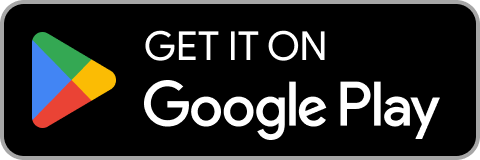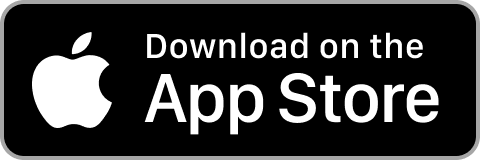Marine engineering is an essential and dynamic profession that plays a pivotal role in the sustainable management of our oceans and waterways. This field is instrumental in reducing the environmental footprint of maritime activities while ensuring the safety and efficiency of sea travel. Marine engineers are at the forefront of designing, operating, and maintaining marine vessels, working to optimize their performance and environmental impact. Advances in marine engineering technologies and practices contribute significantly to minimizing pollution and enhancing energy efficiency, which is crucial for protecting marine ecosystems. By developing and implementing innovative solutions for vessel design and operation, marine engineers help address critical environmental challenges and support the broader goals of sustainable maritime practices. Their work ensures that maritime activities are conducted responsibly, balancing economic interests with the need to safeguard marine environments for future generations.
This course is meticulously designed to offer a thorough understanding of the core principles and practices essential for a successful career in marine engineering. It covers a broad spectrum of topics that form the foundation of the discipline. Students will explore ship classification, a fundamental aspect of marine engineering that involves understanding different types of vessels, their structural requirements, and classification standards. The course also delves into the mechanics and operation of diesel engines and turbines, which are crucial for marine propulsion and power generation. Additionally, it covers various power systems and their applications in marine contexts. A significant portion of the course is dedicated to understanding the SOLAS Convention, which sets forth critical safety regulations and standards for maritime operations. This knowledge is vital for ensuring compliance with international safety requirements and best practices in the industry.
Throughout the course, students will engage with the underlying mathematics and physics that drive marine engineering principles. This includes an in-depth study of ship stability and hydrostatics, which are essential for understanding how vessels interact with water and maintaining their balance and integrity. The course also covers marine electrical systems, which are crucial for powering and controlling various systems onboard ships. Fire safety methods will be examined to ensure preparedness and response in emergency situations. By integrating theoretical knowledge with practical applications, students will gain a comprehensive understanding of how these concepts are applied in real-world scenarios. This holistic approach prepares students for the complex and dynamic nature of the marine engineering field. Enroll today to embark on a rewarding career path and make a significant impact in the world of marine engineering.
What You Will Learn In This Free Course
View All Learning Outcomes View Less All Alison courses are free to enrol study and complete. To successfully complete this course and become an Alison Graduate, you need to achieve 80% or higher in each course assessment. Once you have completed this course, you have the option to acquire an official , which is a great way to share your achievement with the world.
Your Alison is:
- Ideal for sharing with potential employers
- Great for your CV, professional social media profiles and job applications.
- An indication of your commitment to continuously learn, upskill & achieve high results.
- An incentive for you to continue empowering yourself through lifelong learning.
Alison offers 3 types of s for completed courses:
- Digital : a downloadable in PDF format immediately available to you when you complete your purchase.
- : a physical version of your officially branded and security-marked
All s are available to purchase through the Alison Shop. For more information on purchasing Alison , please visit our FAQs. If you decide not to purchase your Alison , you can still demonstrate your achievement by sharing your Learner Record or Learner Achievement Verification, both of which are accessible from your Account Settings.














 Avg Hours
Avg Hours CPD Accredited
CPD Accredited
 Total XP:
Total XP: 
 Knowledge & Skills You Will Learn
Knowledge & Skills You Will Learn







